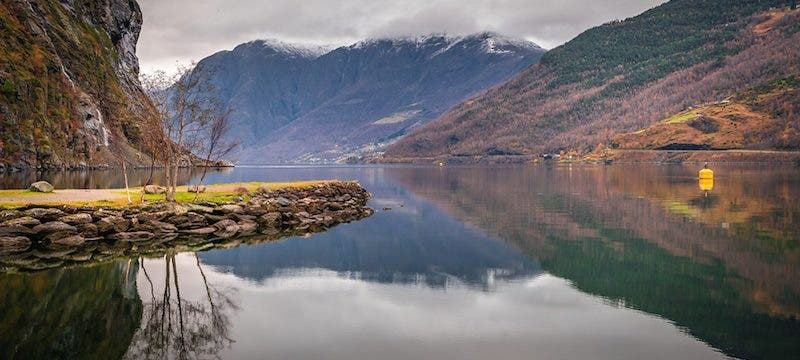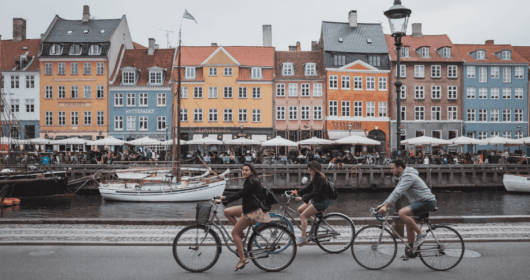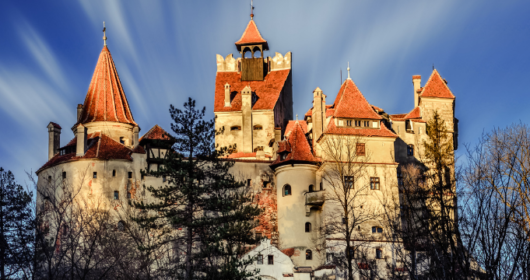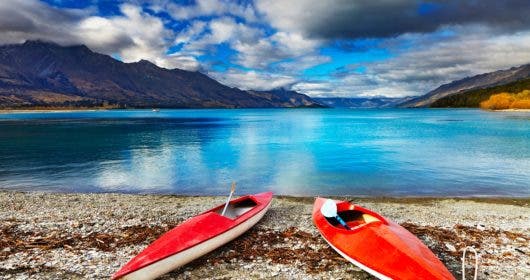The Norwegian Fjords | Feel the Norwegian nature

Rumour has it that Summer, with its warm lights, intensifies the beauty of the Norwegian fjords, one of the most spectacular landscapes on the planet. But to tell the truth, the Winter season offers as much beauty and even more atmosphere. The excitement of the encounter with this confluence of marine waters, mountains, and glaciers begins in Oslo, the Norwegian capital. Once there, you will have to decide whether to travel by train to Bergen – the base of the routes through the fjords – or to fly directly to Stavanger to continue then north by road or by boat.
Where to start visiting the Norwegian Fjords
In any case, the Lyse Fjord is the first of those that you should visit. Every day boats leave from the port of Stavanger sail through the waters of the Lyse. Its emblem is the Preikestolen, the Pulpit Rock. This viewpoint raises more than 600 meters and you will only arrive there after two hours of climbing up on foot. From the rocky platform, you will see the wide vein of seawater that penetrates 42 kilometers on land, surrounded by cliffs a thousand meters high.
The Pulpit Rock is not the only attraction of Lyse. Here you will find the long sandy area of Solastranden, the waterfall of Månafossen, with 92 meters of fall, and the remains of the Medieval Mån farm. The city of Stavanger itself has a busy harbor, a 13th-century cathedral and a charming old town that preserves wooden houses from the 16th century.
The embroidery of water threads that draw the Norwegian fjords between the high mountains extends towards the north through a wild territory. The Vikings who inhabited these lands a thousand years ago learned to navigate the water labyrinth where Bergen is now. A city sheltered between mountains, and the gateway to the Sognefjord. This is the longest, deepest and most beautiful fjord in Norway. One of its arms, the Aurland, treasures the most intact natural landscapes of the Scandinavian coast.
The medieval harbor of Bergen
The wooden buildings of the Bryggen district, painted in bright colors, recall that in the 13th century Bergen was the capital of the country. It was also home to the Hanseatic League, which distributed salted cod and herring to the rest of Europe. That neighborhood is today a World Heritage Site. From the center, the Fløibanen funicular climbs up to a viewing point 320 meters high. It offers a panoramic view of the port of Bergen, embedded in a circus of seven fjords. Its docks are the base of the Hurtigruten boats, which cross the whole year round the Norwegian coast to the North Cape.
It’s time to sail through the Sognefjord (Fjord of Dreams), one of the most sublime moments of the trip. This arm of the sea penetrates more than 200 kilometers inland. It is divided into two branches considered among the most beautiful landscapes on the planet. The Aurland fjord and the Naeroy fjord. Two Norwegian Fjords declared World Heritage Sites. The unavoidable itinerary leads by road to the port of Gudvangen. There, you can take the boat that will take you to the small village of Flåm. The area is strewn with wooden farms and churches, such as Hopperstad (1130), in the municipality of Vik.
Located at the bottom of the Aurland fjord, Flåm is the destination point of one of the steepest train routes in Europe. The journey on the Flåm train shows that the splendor of the Norwegian fjords is enjoyed from all points of view. You can travel by boat, by car, by train, by bicycle and also on foot through well-marked trails.
Fairytale waterfalls, a less known side of the Norwegia Fjiords
About 350 kilometers north of Bergen lies the city of Ålesund. It is an outstanding fishing port. From there, you can reach the Geirangerfjord, one of our last Norwegian Fjords. The ferry that connects the towns of Geiranger, Hellesylt, and Valdall gives a view of three waterfalls with fairytale names: The bridal veil (Brudesløret), The Seven Sisters (De syv søstrene), and The Pretender (Friaren). There is a different way to enjoy the fjord. You can drive along the Eagle Road (Ørnevegen). It reaches the Dalsnibba and Flydalsjuvet lookouts, located at 1,500 meters high.
Ålesund brings the urban and artistic note to the trip. After the fire that devastated the city in 1904, its avenues were rebuilt in the Jugendstil style. Hence the profusion of facades full of modernist elements that allude to medieval Norwegian history.







Comments are closed.